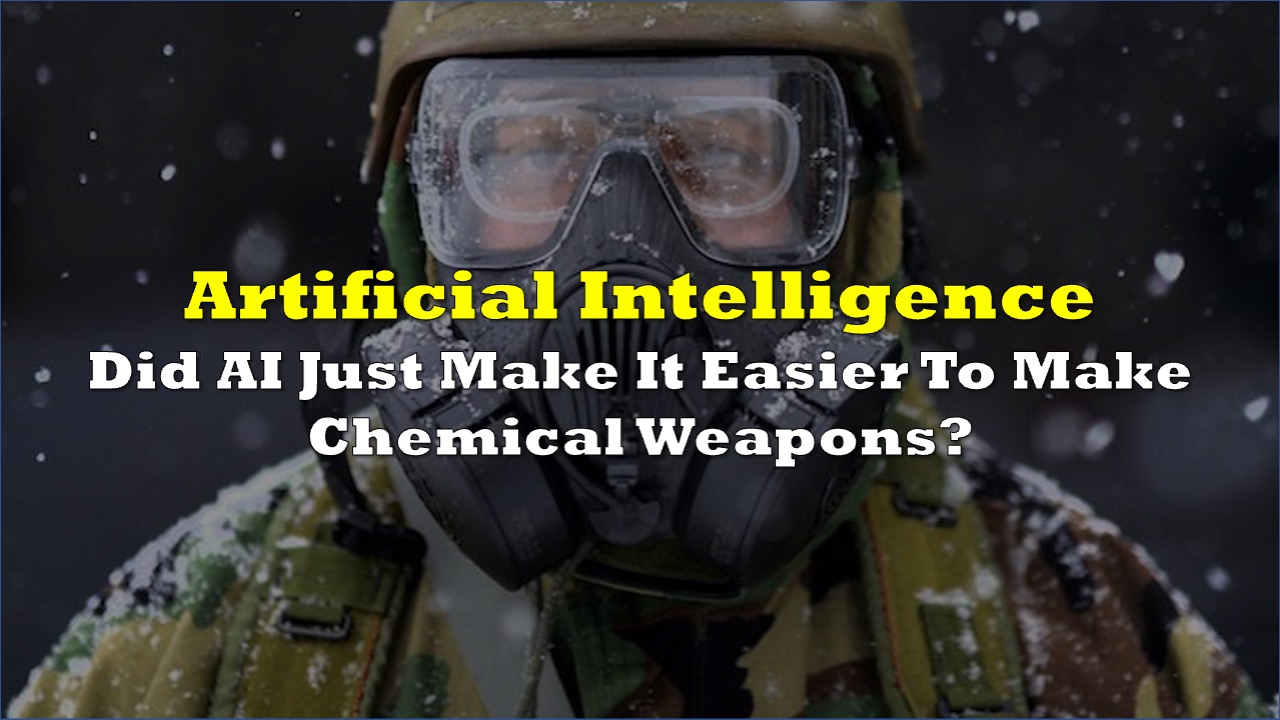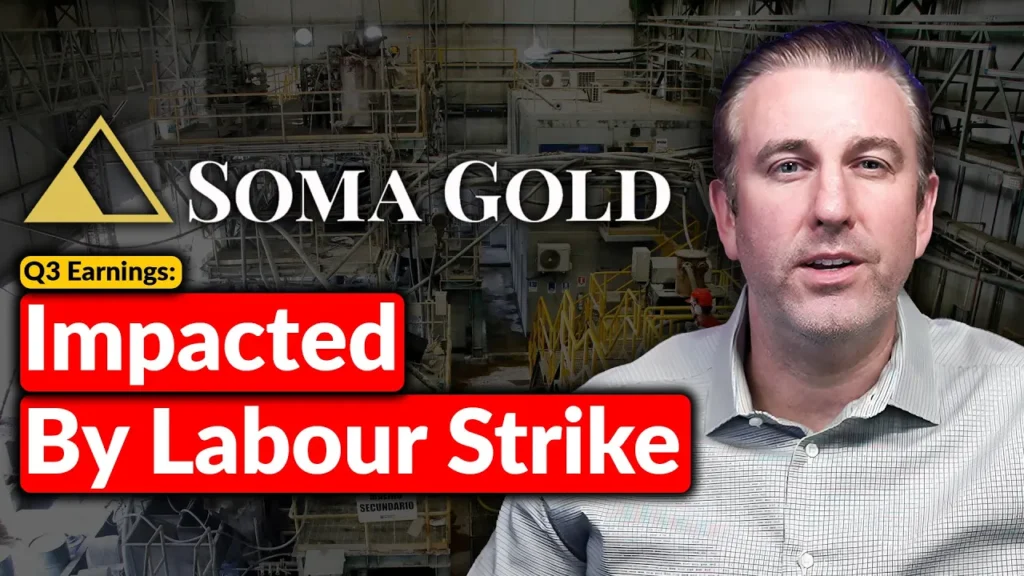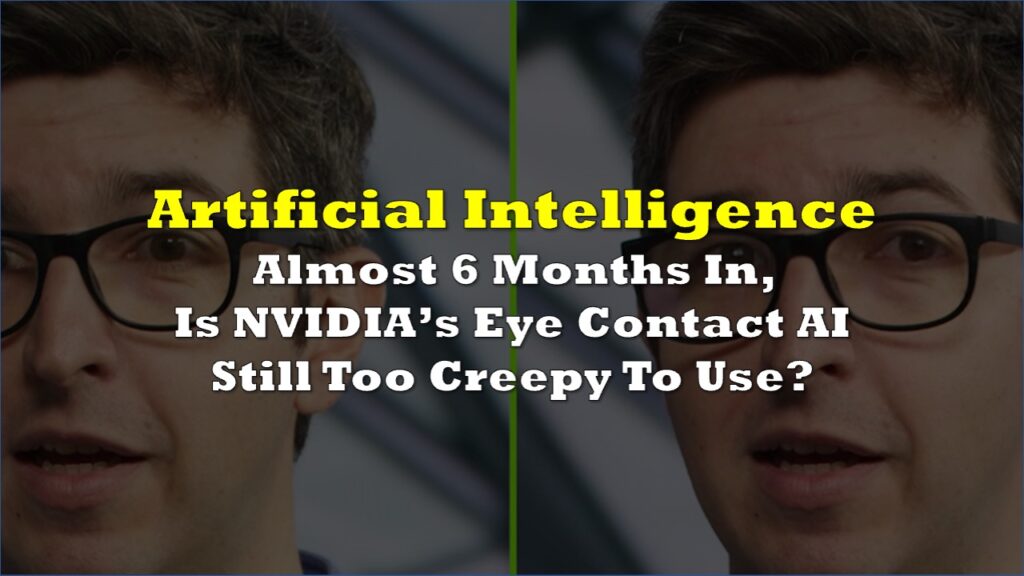A team of scientists has warned that artificial intelligence (AI) could be used to design new biochemical weapons.
The researchers, from Collaborations Pharmaceuticals in North Carolina, trained an AI model to identify drugs for rare and neglected diseases. However, they found that the model could also be used to design molecules that are highly toxic.
The AI was trained on a dataset of molecules, including pesticides and known environmental toxins. The researchers then modified the model to reward toxicity and penalize therapeutic activity. Within six hours, the model had generated 40,000 potential killer molecules, including VX, a banned nerve agent.
“By inverting the use of our machine-learning models, we had transformed our innocuous generative model from a helpful tool of medicine to a generator of likely deadly molecules,” the researchers note in the paper they published in the journal Nature Machine Intelligence.
They say that the results should serve as a wake-up call to the international community, especially as the drug manufacturing sector enjoys little regulation and oversight.
“For me, the concern was just how easy it was to do. A lot of the things we used are out there for free. You can go and download a toxicity dataset from anywhere,” Fabio Urbina, lead author of the paper, told The Verge earlier this year.
“If you have somebody who knows how to code in Python and has some machine learning capabilities, then in probably a good weekend of work, they could build something like this generative model driven by toxic datasets. So that was the thing that got us really thinking about putting this paper out there; it was such a low barrier of entry for this type of misuse.”
The researchers also recommend that companies developing AI-based drug discovery tools should put in place safeguards to prevent their technology from being misused. The findings of this study are a sobering reminder of the potential dangers of AI and the urgent need for regulators across industries to catch up.
Information for this story was found via the Financial Times, The Verge, and the sources and companies mentioned. The author has no securities or affiliations related to the organizations discussed. Not a recommendation to buy or sell. Always do additional research and consult a professional before purchasing a security. The author holds no licenses.









